Webinar: Web Application Security
The Trinidad and Tobago Cyber Security Incident Response Team (TT-CSIRT) of the Ministry of National Security hosted a webinar on Web Application Security during cyber security awareness month providing an insightful webinar on Application Security Strategies, the OWASP Top 10, Application Security Verification and Application Testing guidance. TLP:CLEAR http://192.168.70.12/wp-content/uploads/2024/07/appsec.pdf
